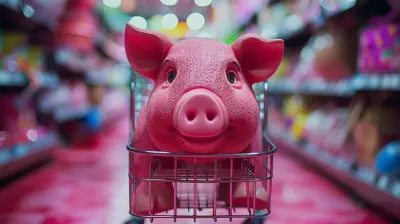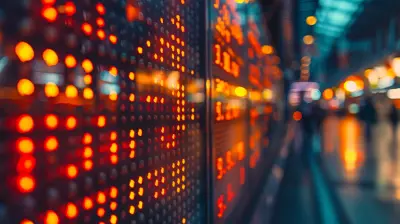Who Pays the Price of Financial Crises? Understanding Social Inequality
8 August 2025
Let’s paint a picture. Wall Street shakes. Stock markets tumble. Big banks tighten their belts. Talk of “recession” floods the headlines. Politicians rally, and emergency meetings pop up like mushrooms after a storm.
But somewhere behind all the noise, quiet suffering brews. The kind that doesn’t make front-page news.
So, who really pays the price when the financial world crashes? Spoiler: It’s not the billionaires.
It’s always the little guy. The families living paycheck to paycheck. The communities already hanging by a thread. The very people who had the least to do with causing the mess in the first place. Let’s dive into this financial rabbit hole and pull apart the layers of inequality that surface during economic crises.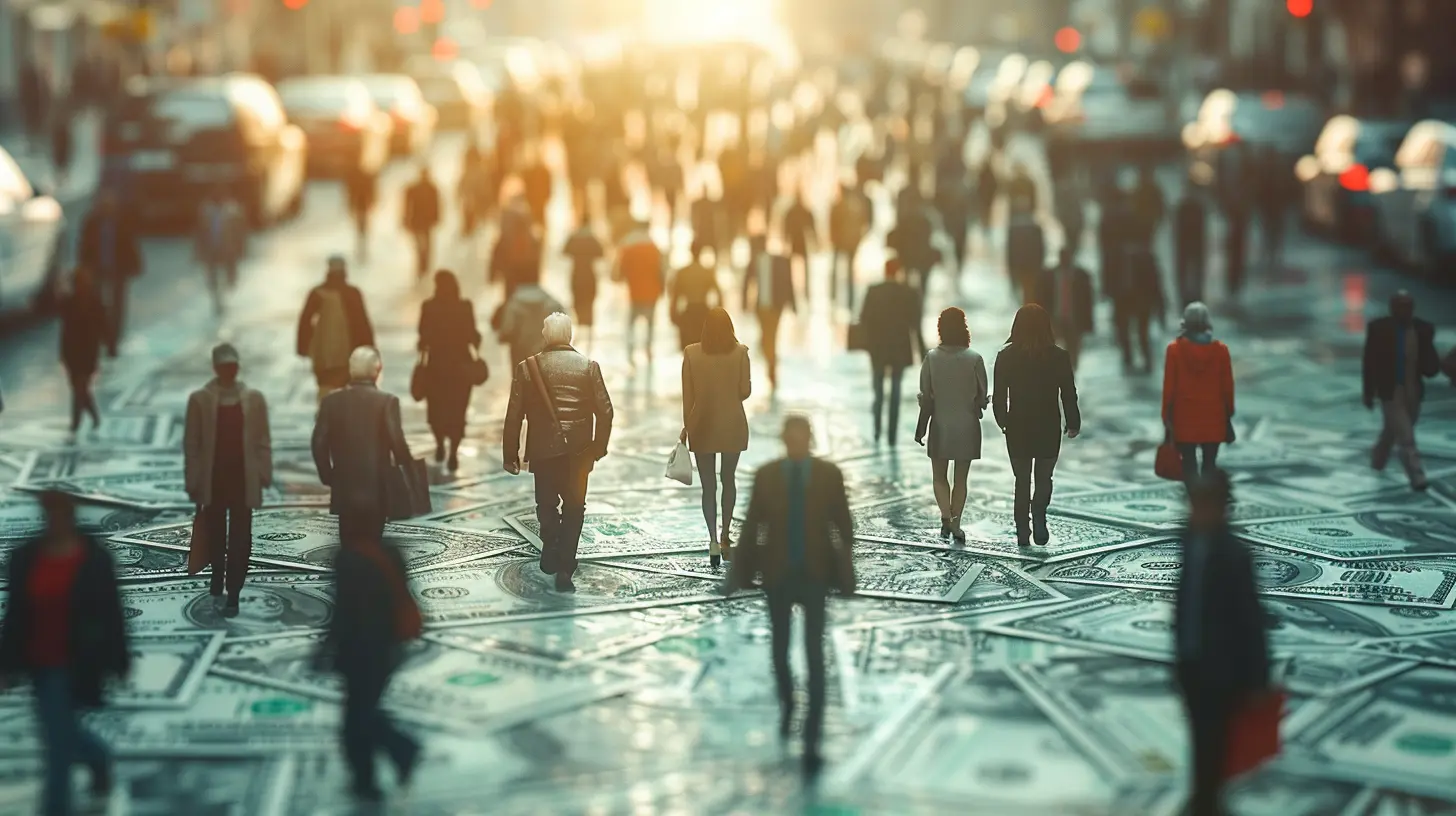
The Ripple Effect of a Financial Crisis
Ever tossed a stone into a pond? The ripples travel far and wide—sometimes reaching shores you didn’t expect. That’s what a financial crisis does. It starts with something seemingly distant—like a bank collapsing or a massive investment going belly up—and before you know it, your rent’s gone up, food costs have doubled, or your cousin just got laid off.But where does it begin?
Financial crises typically stem from irresponsible lending, risky investments, or a housing bubble gone nuts. Debt piles up. Defaults spike. Panic spreads. The wealthy moguls and big-time bankers? They’ve got options, reserves, and political friends. But regular people?
They’ve got pink slips and late payment notices.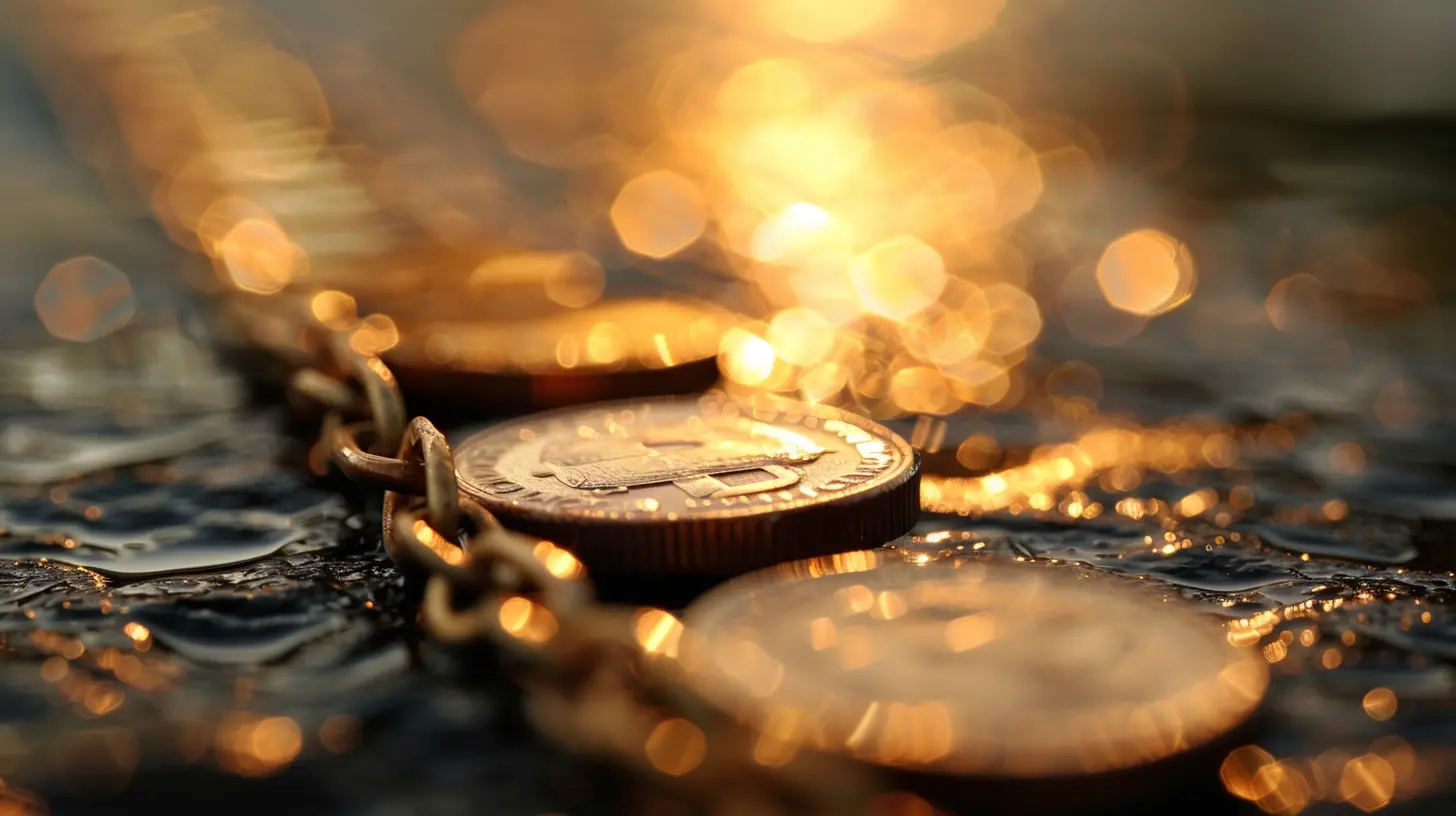
A Look Back: Who Hurt the Most in 2008?
Remember the Great Recession of 2008? It wasn’t just an economic hiccup—it was a tidal wave.Millions of people lost their jobs. Housing markets crumbled. Savings vanished.
Banks got bailed out. People didn’t.
Let that irony sink in.
The very institutions that caused the crash—by gambling with risky mortgages and packaging bad debt—were the ones rescued with taxpayer money. Meanwhile, working-class people saw their retirement funds shrivel like raisins in the sun.
Minority communities, especially Black and Latino families in the U.S., were disproportionately affected. They faced higher foreclosure rates and longer unemployment periods. And that wasn’t by accident—decades of systemic inequality made sure they were the most vulnerable when the storm hit.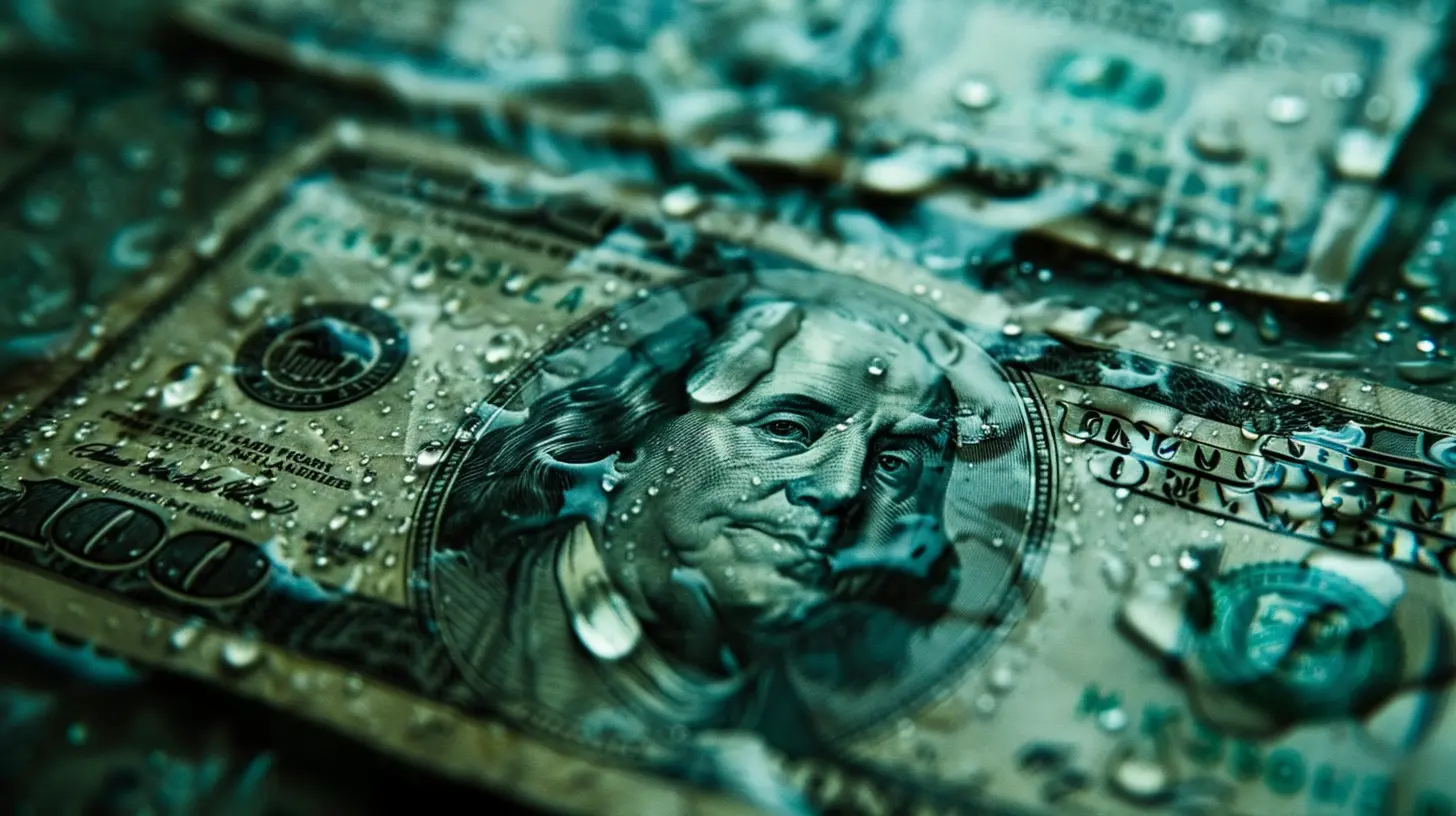
Why Inequality Gets Worse During a Financial Crisis
You’d think a crisis affects everyone equally. But nope—that’s not how this game works.Financial downturns actually widen the gap between the haves and the have-nots. Here’s how:
1. Job Losses Hit Low-Income Workers First
When companies start cutting costs, it’s usually the lowest-paid, most precarious jobs that go first. Think retail assistants, factory workers, and hospitality staff. These roles are often filled by minorities or those with fewer educational opportunities.While higher earners may shift to remote work or leverage their network to find new gigs, the working class faces layoffs or reduced hours, with fewer safety nets.
2. Government Cuts Social Programs
During a downturn, tax revenues drop. To “balance the budget,” governments often slash funding to welfare programs, education, and healthcare.Who relies more on these services? You guessed it—the lower-income bracket. So now they’re not just out of a job, but also facing fewer public services to fall back on.
3. Wealth Is Shielded—If You Know How
The wealthy have more than just money—they have knowledge, advisers, and access.When the market looks shaky, they diversify their assets. They shift to gold, buy up bonds, or even take advantage of lower housing prices (while others are being evicted). They not only survive the storm—they often profit from it.
Compare that to someone who only has a savings account and a mortgage. They can’t move fast. They can’t call a wealth manager. They just white-knuckle it—and hope the bank doesn’t come knocking.
The Psychological Toll No One Talks About
Let’s get real for a second. It’s not just money we’re talking about.When people get laid off or lose their homes, it affects their mental health, relationships, and sense of purpose. Financial stress leads to depression, anxiety, and even suicide. Families break apart. Kids drop out of school to help make ends meet.
And yet, this side of the story rarely gets airtime.
Why? Because it’s messy. It’s human. And it's easier to talk numbers than broken lives.
Who Gets the Bailout—and Who Gets the Boot?
Here’s where the irony thickens.In virtually every financial crisis, governments rush to save “too big to fail” institutions. Airlines, automakers, banks—massive bailouts roll out like red carpets.
Meanwhile, ordinary folks are handed scraps—stimulus checks that barely cover a month’s rent or complex unemployment systems that throw up more red tape than support.
Even worse? These bailouts often come with no strings attached. Companies can lay off staff, double CEO pay, or buy back stock—while still cashing government checks.
So much for trickle-down help, right?
Social Mobility Slams into a Wall
You’ve probably heard that old saying: “Pull yourself up by your bootstraps.” Sounds noble. Feels empowering. But during a financial crisis? Try pulling without boots.Crises don’t just slam current finances—they kill future opportunity:
- College becomes unaffordable.
- Small business dreams die before they begin.
- Entry-level jobs disappear like mist.
Suddenly, climbing the socio-economic ladder turns into scaling an avalanche with bare hands. And underneath it all? A rising undercurrent of resentment, hopelessness, and division.
It’s a Global Problem, Too
Think this only happens in rich countries? Think again.In developing nations, financial crises can be even more brutal. Economies that depend on exports or tourism face collapse when global demand dries up. Entire communities can sink into poverty overnight.
And with fewer global safety nets in place, these countries often take loans from international organizations—loans that come with strings, austerity measures, and deep cuts to essential services.
It’s like giving someone a lifeline made of thorns.
So, What Can Be Done?
Okay, enough of the doom and gloom. Let’s talk solutions. Because while the deck feels stacked, change isn't impossible.1. Stronger Social Safety Nets
Unemployment insurance. Universal healthcare. Affordable housing. These aren't luxuries—they're lifelines.When people have a cushion, they don’t break under pressure. They bounce back.
2. Fairer Tax Systems
Taxing the ultra-wealthy and large corporations properly can fund public programs and reduce inequality. Loopholes? Close them. Offshore accounts? Regulate them.No one should get rich while others starve.
3. Financial Literacy for All
Knowledge is power. Teaching people how to manage money, build credit, and understand the economy can empower communities to make smarter decisions—even during a storm.It won’t fix everything, but it’s a start.
4. Holding Institutions Accountable
If a corporation causes a collapse due to greed or negligence, they should face consequences—not golden parachutes.We need transparency, regulations, and enforcement. Because people deserve justice, not just apologies.
Final Thoughts: Digging Deeper into the Inequality Abyss
Here’s the hard truth. Financial crises are often man-made. They're not hurricanes or earthquakes—they're the product of human decisions, greed, and poor oversight.But who ends up patching the holes?
It’s the single mom working two jobs who can’t afford childcare. It’s the young graduate buried in student loans with no stable job in sight. It’s the elderly couple watching their retirement dreams wither.
Until we change how the system is built—who it protects, who it punishes—we’ll keep asking the same haunting question:
Who really pays the price?
And like a bad echo, the answer will keep coming back: the poor, the marginalized, the forgotten.
But maybe, just maybe, awareness is the first spark of revolution.
all images in this post were generated using AI tools
Category:
Financial CrisisAuthor:

Uther Graham
Discussion
rate this article
1 comments
Ember Clayton
Understanding the roots of financial crises empowers us to advocate for equality, ensuring a brighter future for all. Let's drive change!
August 23, 2025 at 4:51 AM

Uther Graham
Absolutely! Understanding these roots is crucial for promoting equality and fostering meaningful change in our financial systems. Thank you for your insightful comment!

